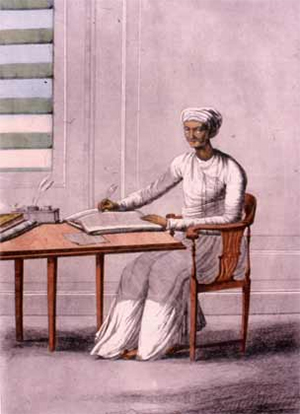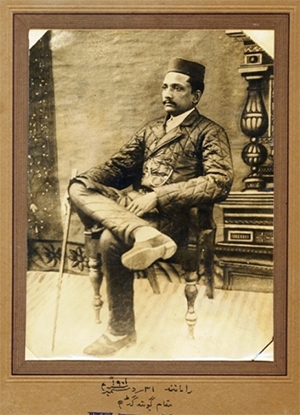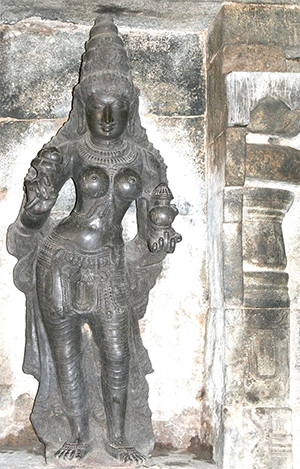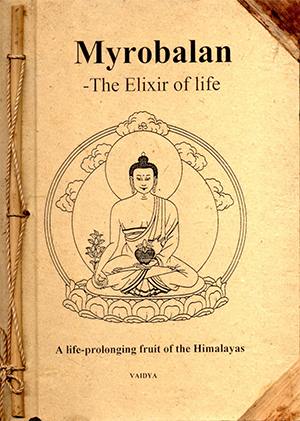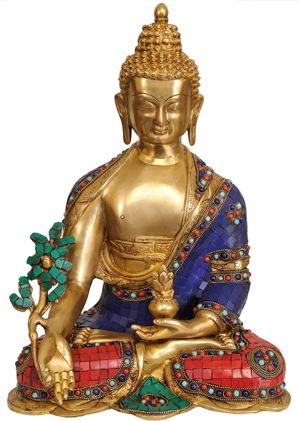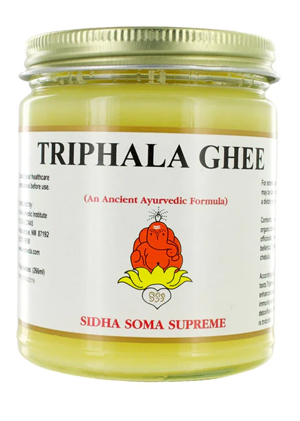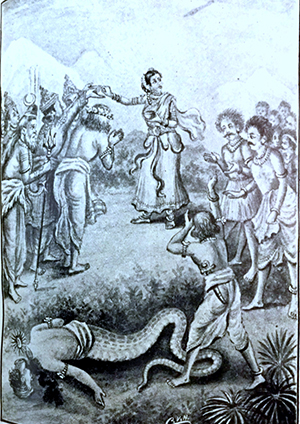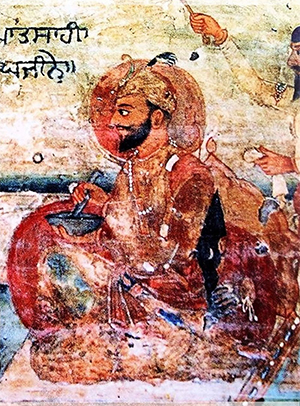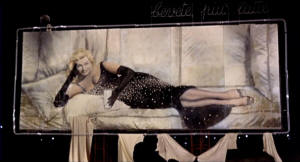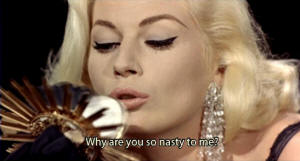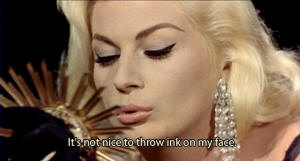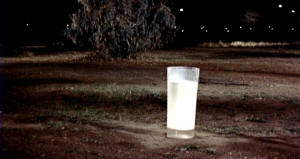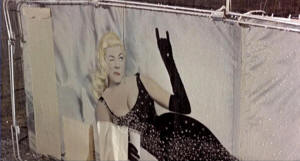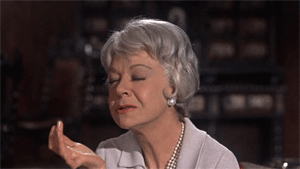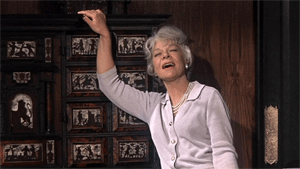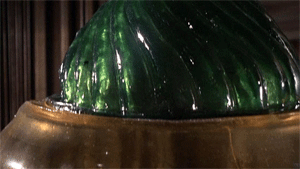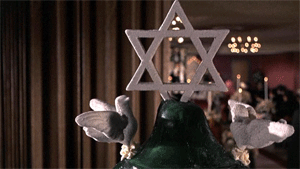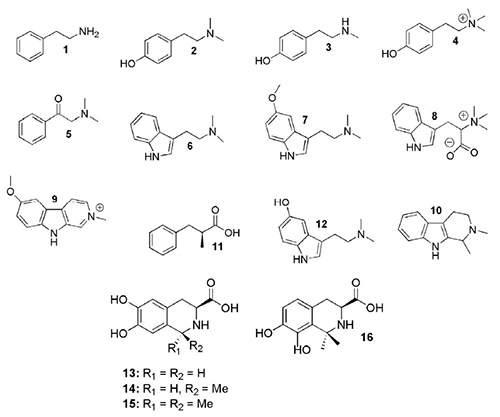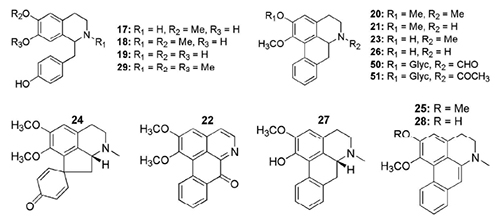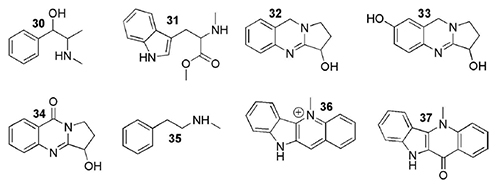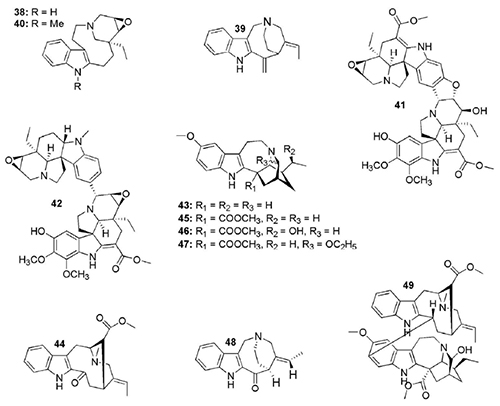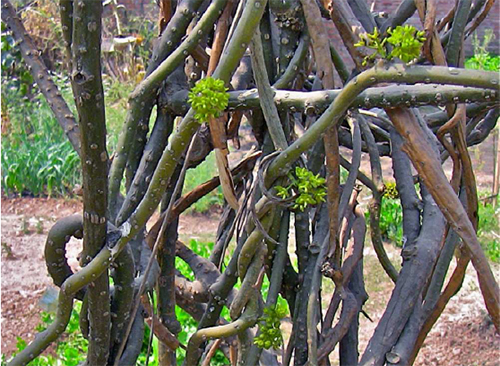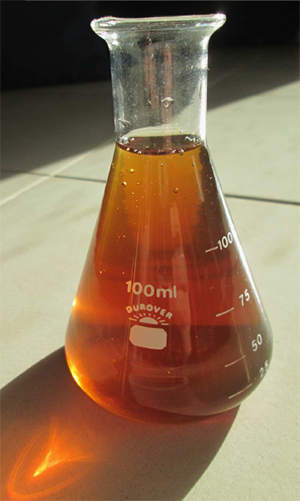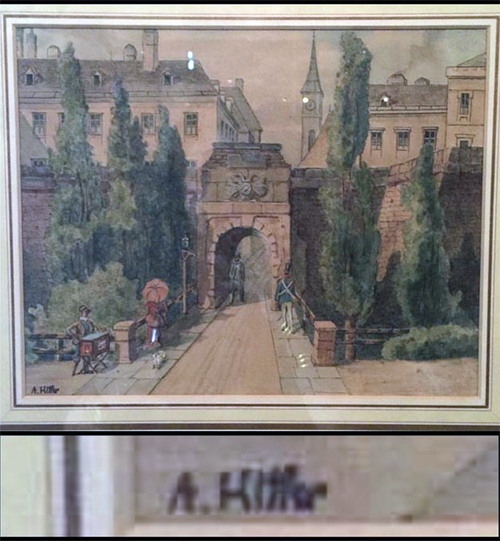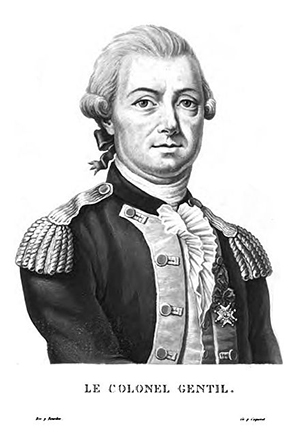by Wikipedia
Fort William College, Calcutta (variant College of Fort William) (1800 - 1854) was an academy of Oriental studies and a centre of learning. Founded on 10 July 1800, within the Fort William complex in Calcutta by Lord Wellesley, then Governor-General of British India. The statute of foundation was passed on 4 May 1800, to commemorate the first anniversary of the victory over Tipu Sultan at Seringapatam. Thousands of books were translated from Sanskrit, Arabic, Persian, Bengali, Hindi, and Urdu into English at this institution. This college also promoted the printing and publishing of Urdu books.
Fort William College aimed at training British officials in Indian languages and, in the process, fostered the development of languages such as Bengali and Urdu. The period is of historical importance. In 1815, Ram Mohan Roy settled in Calcutta. It is considered by many historians to be the starting point of the Bengali Renaissance. Establishment of The Calcutta Madrassa in 1781, the Asiatic Society in 1784 and the Fort William College in 1800, completed the first phase of Kolkata’s emergence as an intellectual centre.
Teaching of Asian languages dominated: Arabic, Urdu, Persian, Sanskrit, Bengali. Later, Marathi and even Chinese were added. Each department of the college was staffed by notable scholars. The Persian department was headed by Neil B. Edmonstone, Persian translator to the East India Company's government since 1794. His assistant teacher was John H. Harington, a judge of Sadar Diwani Adalat and Francis Gladwin, a soldier diplomat. For Arabic studies, there was Lt. John Baillie, a noted Arabist. The Urdu department was entrusted to John Borthwick Gilchrist, an Indologist of great repute. Henry Thomas Colebrooke, the famous orientalist, was head of the Sanskrit department. William Carey, a non-civilian missionary and a specialist in many Indian languages, was selected to head the department of vernacular languages. While notable scholars were identified and appointed for different languages, there was no suitable person in Calcutta who could be appointed to teach Bengali. In those days, the Brahmin scholars learnt only Sanskrit, considered to be the language of the gods, and they did not study Bengali. The authorities decided to appoint Carey, who was with the Baptist Mission in Serampore. He, in turn, appointed Mrityunjoy Vidyalankar as head pandit, Ramnath Bachaspati as second pandit and Ramram Basu as one of the assistant pandits.
Along with teaching, translations were organized. The college employed more than one hundred local linguists. There were no textbooks available in Bengali. On 23 April 1789, the Calcutta Gazette published the humble request of several natives of Bengal for a Bengali grammar and dictionary.
-- Fort William College [East India College Calcutta], by Wikipedia
The Making of an Ur-Text
One can imagine how delighted Holwell must have been to find such stunning similarities between the description of India's ancient religious texts and Ilive's vision. But the doctrines that had been translated or summarized from old texts by the likes of Roger, Baldaeus, and the Catholic missionaries showed little similarity with this. All of it seemed "very defective, fallacious, and unsatisfactory" to Holwell, in fact, no more than "unconnected scraps and bits, picked up here and there by hearsay" from ignorant Hindoos rather than solid "literal translations" (Holwell1765:I.5-6). Hence the need to "rescue" this distant nation "from the gross conceptions entertained of them by the multitude" (p. 9) and "to vindicate them" by "a simple display of their primitive theology" (Holwell 1767: Dedication). Disgusted by all these misunderstandings and misrepresentations (1767.2:4), converted by Ilive's theory of delinquent angels, and possibly already fascinated by Ramsay's vision of Ur-tradition, Holwell collected materials about the Gentoo religion and "on his departure from Bengal in the year 1750 imagined himself well informed in the Gentoo religion" about which he had learned through "conversations with the Bramins of those Bhades who were near" (pp. 63-64). He had already thought of writing a book about this but did not find the time (p. 64). Given the fact that he already had such a plan, it is likely that during his stays in Europe he also collected relevant Western literature about India and its religions. If he was not already acquainted with Ramsay and Couto before, he must have studied them after his return to India in 1751 and as a result gained a rather precise idea of what he was looking for. If Holwell was trying to find the Vedas, he was not alone; but Couto's description of the first Veda, which seemed so similar to Ilive's ideas, certainly brought more motivation and focus to his search. He knew that he was looking for an extremely ancient scripture treating of God, the creation Story, angels and their fall, the immortality of souls, the purification of delinquent angels in human bodies, transmigration, the punishment of evil and reward of good, and remission and salvation.
What could happen when a wealthy foreigner was trying to locate such information in old Indian texts is exemplified by the case of Francis WILFORD (1761?-1822), a respected member of the Asiatic Society of Bengal who lived in India four decades after the sack of Calcutta rang in the British Empire. Unlike Holwell, Wilford had studied Sanskrit. He was intent on proving on the basis of Indian texts that India and Egypt had from ancient times been in close contact and that their religions came from a common source. Since that source was, of course, ultimately Noah's ark, Wilford had Indian assistants look for a precise set of topics: the deluge, the name of Noah and his sons, and so forth. Like Holwell some decades before him, Wilford had to tell a learned Indian what he was looking for "as a clue to guide him," and for several years he faithfully translated what this Indian guru gave him. But suddenly he detected that he had fallen victim to fraud:In order to avoid the trouble of consulting books, he conceived the idea of framing legends from what he recollected from the Puranas, and from what he had picked up in conversation with me. As he was exceedingly well read in the Puranas, and other similar books ... it was an easy task for him; and he studied to introduce as much truth as he could, to obviate the danger of immediate detection .... His forgeries were of three kinds; in the first there was only a word or two altered; in the second were such legends as had undergone a more material alteration; and in the third all those which he had written from memory. (Wilford 1805:251)
The output of this Indian expert was quite astonishing, and the most famous example shows what good remuneration, a sense of what the customer is looking for, and skill in composition can achieve. The learned Indian composed a story "which in nine Sanskrit verses ... reprises the story of Noah, his three sons, and the curse of Ham" and convinced no less a man than William Jones that Noah and his three sons figured in genuine Indian Puranas (Trautmann 1997:90-91). Wilford described how his Indian teacher proceeded in this case:It is a legend of the greatest importance, and said to be extracted from the Padma. It contains the history of NOAH and his three sons, and is written in a masterly style. But unfortunately there is not a word of it to be found in that Purana. It is, however, mentioned, though in less explicit terms, in many Puranas, and the pandit took particular care in pointing out to the several passages which confirmed, more or less, this interesting legend. Of these I took little notice, as his extract appeared more explicit and satisfactory. (Wilford 1805:254)
Since Wilford had told his pandit exactly what he was looking for, the forger produced an ingenious narrative that presented elements of the story of Noah and his sons in an Indian dress and included some surprising details such as "the legend about the intoxication of NOAH" which, as Wilford now realized, "is from what my pandit picked up in conversation with me" (p. 254). In all, this man "composed no less than 12,000 brand new Puranic slokas -- about half the length of the Ramayana! -- and inserted them into manuscripts of the Skanda and Brahmanda Purana" (Trautmann 1997:92). This was a fraud committed on a man who was far more learned than Holwell; the texts were in Sanskrit, not Hindi; and the source texts could be verified.
In Holwell's case, there is always the possibility that his description of Veda content led some knowledgeable Indian to the very texts that Azevedo had used for the description that Couto plagiarized and Roger and others then used. Caland (1918:49-50) concluded on the basis of the book titles mentioned by Couto that these texts were Saivite Agamas; but an able Indologist would need to substantiate this not just by titles but by contents. While it is possible that similar texts in Hindi were sold to Holwell, I think that the likelihood of a fraud is greater. If Holwell, ready as he was to spend almost any amount of money on this text after the 1756 loss, could not manage to recuperate more than a few fragments -- or, more likely, nothing at all -- one would think that the people who sold it to him in the first place had produced only two slightly different manuscripts and, having sold them to Holwell, were in no position to repeat that feat. If Holwell's text had been available to various people, then someone would probably have sold it to him, especially given the fact that for a while he was governor of Bengal and certainly did not lack the means to get what he wanted.
But who could have forged such a text? Since Holwell remarked that members of the tribe of writers "are often better versed in the doctrines of their Shastah than the common run of the Bramin themselves" (Holwell 1767:2.21) and that "a few others of the tribe of the Batteezaaz Bramins ... can read and expound from the Chatah Bhade [Text II], which still preserved the text of the original [Text I)" (p. 15), the culprit(s) might have come from either or both of these groups.
-- The Birth of Orientalism, by Urs App
Aliah University
Motto: Advancement of Education and culture
Type: Public
Established: 1780; 243 years ago as Calcutta Mohammedan College/Aliah Madrasha/Calcutta Madrasha/Calcutta Madrassa
2007; 16 years ago as Aliah University
Academic affiliation: UGC[1]AICTE[2]INCNCTE
Budget: ₹162.6506 crore (US$20 million) (2021–22 est.)[3]
Chancellor: Governor of West Bengal
Vice-Chancellor: Abu Taher Kamruddin[4]
Academic staff: 211 (2022)[5]
Students: 6,366 (2022)[5]
Undergraduates: 3,548 (2022)[5]
Postgraduates: 2,426 (2022)[5]
Doctoral students: 392 (2022)[5]
Address: Action Area ll-A, 27, New Town, West Bengal, 700160, India
22°35′22″N 88°29′07″ECoordinates: 22°35′22″N 88°29′07″E
Campus: Urban
Website: aliah.ac.in
Aliah University (AU; Urdu: جامعہ عالیہ) is a state government controlled autonomous university in New Town, West Bengal, India. Previously known as Mohammedan College of Calcutta,[circular reference][6] it was elevated to university in 2008.[7] It offers undergraduate and postgraduate programs in different Engineering, Arts, Science, Management and Nursing subjects.
History
The Aliah University (AU) is one of the oldest modern-style educational institutes in Asia, and first in India. It was set up in October 1780 by Warren Hastings, the British Governor general of East India Company near Sealdah in Calcutta.[8] A number of titles were used for it, such as Islamic College of Calcutta, Calcutta Madrasah, Calcutta Mohammedan College and Madrasah-e-Aliah. Of these, Calcutta Mohammedan College was that used by Warren Hastings.[8]
The original building was completed in 1782 at Bow Bazaar (near Sealdah). The college moved to its campus on Wellesley Square in the 1820s. Initially it taught natural philosophy, Arabic, Persian, theology and Islamic Law, astronomy, Grammar, logic, arithmetic, geometry, rhetoric and oratory.[9] The Calcutta Madrasa [Calcutta Madrassa] followed different models for different subjects, like Dars-i Nizami of Firingi Mahal for Persian and Arabic, and the old Peripatetic School Model for the Logic and Philosophy.[10]
The first head preceptor of the college was Mulla Majduddin, a well-known personality and erudite in the Islamic learning of that time in Bengal.
Majd ad-Dīn al-Madanī (Arabic: مجد الدین المدنی; d. 1813), also known as Madan Shāhjahānpūrī (Arabic: مدن شاہجہانپوری), was an 18th-century Indian Muslim theologian. He served as the first principal of the Calcutta Madrasa, the first Alia Madrasa of Bengal.
Early life and education
Majduddin was born in the 18th-century to Tahir al-Husayni in Shahjahanpur, greater Bareilly, North India. He studied under Shaykh Wahhaj ad-Din in Gopamau, Hardoi, who was also the teacher of Muhammad Salih Bengali. It is also said that Majduddin was a student of Qazi Mubarak, as well as being a senior student of Shah Waliullah Dehlawi, the erstwhile Imam al-Hind. In addition to Islamic jurisprudence, Majduddin was trained in rhetoric and logic.
Career
In the last quarter of the 18th century, British administrators realised that it was essential to learn the various religious, social, and legal customs and precedents of the subcontinent in order to better manage its administration. As part of this initiative, Warren Hastings, the inaugural Governor-General of the Presidency of Fort William, founded the Calcutta Mohammedan College in October 1780. Mullah Majduddin visited Calcutta in September, where he had a large following. On 21 September, several Muslims requested Hastings to use his influence to employ Majduddin as a teacher at the madrasa. Thus, Majduddin became the madrasa's first Head Preceptor, serving that role for roughly a decade. He is often credited for introducing the Dars-i Nizami, a popular Islamic curriculum of North India, to Bengal and neighbouring lands, although students of Nizamuddin Sihalivi had reached Bengal, such as Abdul Ali Bahrul Ulum (teacher of Ghulam Mustafa Burdwani). He formulated the syllabus of the madrasa. Alongside fundamental Islamic teachings and jurisprudence, he also included the teaching of mathematics, logic and philosophy. The activities of the Madrasa-i-Alia were undertaken in his own home for the first seven months. During this time, he received a monthly wage of 300 takas as the madrasa's principal.
In 1791, Majduddin was removed following an investigation conspired by the British Collector of 24 Parganas accusing him of alleged mismanagement. Following his dismissal from Calcutta, Majduddin found employment as the Qadi of Lucknow, under the Nawab of Awadh Saadat Ali Khan II. However, under political circumstances, he left this career and returned to Bareilly, where he began teaching Islamic jurisprudence at the Dargah of Hafizul Mulk. One of his notable students of Bareilly was Salamat Ullah Kashfi. Majduddin died in 1813.
-- Majduddin [Majd ad-Dīn al-Madanī] [Madan Shāhjahānpūrī], by Wikipedia
In 1791, he was replaced by Muhammad Ismail because of allegations of mismanagement. Captain Ayron, a British army officer, was appointed in 1819 as the first secretary by the East India Company, to take control of the administration of the Madrasa, and he was in that position until 1842. Ayron made several reforms: the first annual examination of the madrasah was held on 15 August 1827, and the first medical class of India was instituted in 1826 under Peter Breton, the professor of medicine. After 10 years of medical classes, the administration of the Madrasa decided to establish the separate Calcutta Medical College in 1836. The Madrasah students could still study medical subjects at the Calcutta Medical College. Introduction of elementary English courses was also started in college in 1826 under his administration but this English course was not to get huge success. Nawab Abdul Latif and Waheedunnabi were the first English scholars from this college. Dr. Aloys Sprenger was appointed as a Principal for the first time in 1850 to resist the college from a current of continuing deterioration. In 1854, another reform attempt consisting of opening the Anglo-Persian department to make English as an official language under the direct control of Calcutta Madrasah College. The college failed to create enthusiasm. FA level college classes added to the Calcutta Madrasa in 1863, this reform also failed. After the Dr. Aloys Sprenger, few other European Principals was appointed and AH Harley [1910-11] was the last European Principals of this Madrasa. One by one failure of the reforms of Madras and after 1857, the year of the Sepoy Mutiny, the British Government started to see the Muslim community of the Bengal as constant suspicion. Lord Macaulay was a British Whig politician and historian, who advised the British Government to introduce English education to produce to Anglicized Indians. The main aim of this was to extend the British influence into vast areas of India. Then British Government was decided to establish the Calcutta University in 1857.[8] After the establishment of the Calcutta University created a precarious position for the Calcutta Madrasah. There were a number of proposals for closure to Calcutta university to British Authority in India, but the Authority allowed it to continue to function with only a traditional Madrasah teaching Arabic and Sharia Laws. Thus from the year 1857, the Calcutta Madrasa grew up as a separate stream in the education system of the Indian subcontinent. Shamsul Ulema Kamaluddin Ahmed was appointed as the first Indian principal of the Calcutta Madrasah College in 1927. In this same year, the first madrasah education board was established (called Board of Central Madrasah Examinations) for the conducting various examinations the Alim, Fazil, Kamil and Mumtazul Muhaddesin. The year of 1947 in which portion of India took place was very painful in the history of the Calcutta Madras in Bengal. All moveable properties like large numbers manuscripts and books were transferred to East Bengal (Now Bangladesh) at Dhaka madrasah and other things became topsy-turvy. Later in 1949 with help of Maulana Abul Kalam Azad, the Calcutta Madrasah was reopened. Now the Calcutta Madrasah was elevated to the university as the Aliah University under West Bengal state government controlled minority autonomous university in 2008. The newly set up buildings of Aliah University are located in Taltala, Park Circus and New Town in Kolkata. The New Town campus is used for Science, technology students and the main office while the Park circus campus and Taltala campus Nursing and Arts students, and the Islamic Theology students. Now this university offers undergraduate, postgraduate and Doctorates programs in different Arts, Science, Management, Engineering, Nursing and Islamic theology subjects.
Campus
Aliah University has three campuses for different types of curriculum located at New Town,[11] Park Circus and Taltala.
Chief minister Mamata Banerjee of West Bengal laid the foundation stone of 'Aliah University Campus' at New Town on 15 December 2011.[12] Later on 11 November 2014 Mamata Banerjee inaugurated the finished campus. New Town campus contains 156 class rooms with a capacity of 12,000 students and houses Science and Technology students only. The campus also has separate boy's and girl's hostel. New Town campus also has three annexure buildings dedicated to various laboratories and a central library.
The Park circus campus is used to house Arts & Nursing students, while the Taltala campus houses the Islamic Theology students and the main office.
Academics
Admission
Admission to most undergraduate and postgraduate courses in Aliah University is granted through written entrance examinations and for B.Tech. programs through WBJEE. Admission to M.S. and PhD programmes is based on a written test and a personal interview.
Admission to undergraduate programmes is based on merit rank of the "Aliah University Admission Test" (AUAT), which consists of a written examination of "Multiple Choice Type Questions" (MCQ), clearing of which leads to an interview and final selection of the candidate. Candidates who qualify for admission through AUAT can apply for admission to LLM. ( Masters of Law ), B.Tech. (Bachelor of Technology), Integrated MBA (Master of Business Administration), MCA (Master of Computer Applications), M.Sc. (Master of Science) and M.A (Master of Arts) courses in different Engineering, Business, Science and Arts subjects.[13] Aliah University has also M.Tech. (Master of Technology) program.
Accreditation
The University Grants Commission (U.G.C.) accorded recognition to the university in terms of Section 12B of the U.G.C. Act, in 2019.[14]
University library
Aliah University has three libraries in its three different campuses. All of them, the library of New Town Campus has a central library including 1.33 lac books.
Aliah University has a library rich in collection of literature in Islamic Theology, Islamic Jurisprudence & Law, and Arabic.
The library is now diversifying in the areas of Science, Engineering, Management Science, Humanities and Social Sciences.
Controversy and criticism
In 2016, a series of protests by the students of the university took place on the main campus (New Town) against the disordering principle of the then vice chancellor, Prof. Dr. Abu Taleb Khan; because students were experiencing lack of books in library, lack of faculty, bad condition of lab etc. from the beginning of the university. The protest began on 8 November 2016. On 18 November 2016, students insulted their VC Prof. Abu Taleb Khan giving a black rose to him. They blockaded the main gates of the university and the students made a loud slogan. With the help of police and security guards of the university, the VC entered in his office.[15][16]
Students were requested by the EC members, Fact Finding Committee and also the Minority and Madrasah Education Minister Giasuddin Molla to stop the protest and class boycotts. But students said they will continue to boycott classes until the vice chancellor resigns.[17]
Notable people
Alumni
• Ismail Alam, teacher, poet and activist of the Khilafat Movement
• Syed Ameer Ali, jurist
• Shamsul Haque Faridpuri, educationist, and social reformer
• Syed Ahmad Hashmi, General Secretary of the Jamiat Ulama-e-Hind
• Mohammad Akram Khan, Bengali journalist
• Nawab Abdul Latif, educator and social worker in Bengal
• Sayeed Mohammed, Freedom Fighters and philanthropist
• Bhudev Mukhopadhyay, writer and intellectual in 19th century Bengal
• Shawkat Osman, novelist and short story writer
• Muhammad Qudrat-i-Khuda, organic chemist, educationist and writer
• Azangachhi Shaheb, Indian Sufi Saint
• Nawsad Siddique, member of the West Bengal Legislative Assembly
• Huseyn Shaheed Suhrawardy, Prime Minister of Bengal and a lawyer
• Ibrahim Suhrawardy, Indian educationist, author and linguist
• Ubaidullah Al Ubaidi Suhrawardy, educationist and writer
Faculty
• Abu Nasr Waheed, Islamic scholar[18]
See also
• List of oldest universities in continuous operation
• University of Calcutta
• Colleges and institutes in India
• List of universities in India
• University Grants Commission (India)
• Education in India
• Ministry of Human Resource Development (India)
References
1. "UGC Section 22 of UGC Act" (PDF). University Grants Commission (India). 23 October 2008. Archived (PDF) from the original on 23 September 2020. Retrieved 22 June 2021.
2. "AICTE Extension of Approval for the Academic Year 2020-21" (PDF). AICTE. 9 June 2020. Archived (PDF) from the original on 23 September 2020. Retrieved 22 June 2021.
3. "Detailed Demands For Grants For 2021-22" (PDF). 5 February 2021. Retrieved 6 February 2021.
4. "Aliah University". UGC Official Website. Retrieved 12 January 2013.
5. "NIRF 2022" (PDF). Aliah University.
6. "Puronokolkata". 7 January 2014.
7. "University Grants Commination".
8. "The Madrasah University".
9. "A historic institution falls on bad days".
10. Khan, B.R. (2012). "Calcutta Madrasa, The". In Islam, Sirajul; Miah, Sajahan; Khanam, Mahfuza; Ahmed, Sabbir (eds.). Banglapedia: the National Encyclopedia of Bangladesh (Online ed.). Dhaka, Bangladesh: Banglapedia Trust, Asiatic Society of Bangladesh. ISBN 984-32-0576-6. OCLC 52727562. Retrieved 10 March 2023.
11. "Grand Inauguration of Aliah University". The Times of India. Archived from the original on 25 December 2018. Retrieved 11 November 2014.
12. "CM lays foundation of Aliah varsity campus at Rajarhat". The Times of India. Archived from the original on 17 June 2013. Retrieved 14 January 2013.
13. "Aliah University, India". Study Abroad Universities. Retrieved 12 January 2013.
14. "Proposal for 12-B Status" (PDF). University Grants Commission (India). 19 February 2019. Archived (PDF) from the original on 22 September 2020. Retrieved 22 June 2021.
15. "একাধিক দাবিতে 'কালা দিবস' পালন আলিয়া বিশ্ববিদ্যালয়ে". TDN Bangla. Retrieved 18 November 2016.
16. "এবার দাবি আদায়ে 'নফল রোজা' করতে চলেছে আলিয়া বিশ্ববিদ্যালয়ের ছাত্রছাত্রীরা". TDN Bangla. Retrieved 21 November 2016.
17. "উপাচার্যের পদত্যাগের দাবিতে বিক্ষোভে বেসামাল আলিয়া". ইনকিলাব. Archived from the original on 16 November 2016. Retrieved 13 November 2016.
18. "Shamsul 'Ulema, Abu Nasar Waheed". Banglapedia.
External links
• Official website

